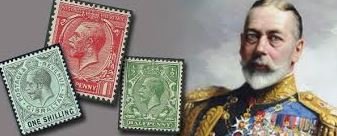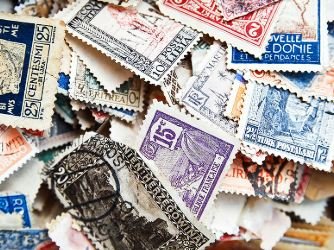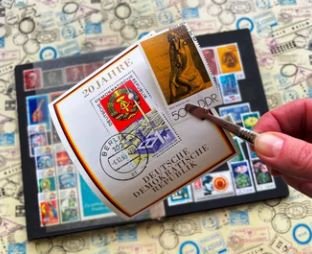Stamp collecting is a rewarding hobby that can also be a lucrative investment if done correctly. One of the best places to find rare and valuable stamps is at stamp auctions. However, rare stamp auction results can sometimes be overwhelming for beginners and even seasoned collectors. To make the most of your auction experience and ensure that you are purchasing stamps that hold or increase their value, it’s essential to know how to spot high-value stamps and avoid costly mistakes.
In this article, we’ll walk you through the process of evaluating rare stamp auction results, provide tips on identifying stamps worth investing in, and highlight common pitfalls to avoid.
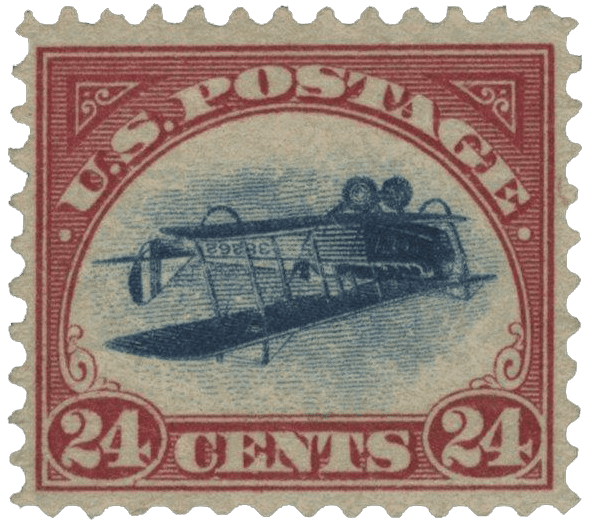
1. Understanding Rare Stamp Auction Results
Before diving into how to spot high-value stamps, it’s important to understand what rare stamp auction results can tell you. At an auction, the final sale price of a stamp depends on a variety of factors including rarity, condition, demand, and provenance (history of ownership). While rare stamp auction results provide valuable insight into the market, it’s crucial to analyze these results carefully to avoid overpaying for a stamp.
- Rarity: A stamp’s rarity is often the primary factor determining its value. Stamps that were printed in limited numbers or have printing errors tend to fetch higher prices. Understanding the rarity of stamps seen in rare stamp auction results will help you gauge their market value.
- Condition: The condition of a stamp is equally important in determining its value. Stamps in mint condition, free of tears, creases, or discoloration, are far more valuable than those in poor condition. Look for rare stamp auction results that reflect well-maintained stamps to get a sense of how the condition impacts final bids.
- Historical Significance: Many stamps hold higher value due to their historical importance, such as stamps issued during significant events or those featuring famous historical figures. Rare stamp auction results often reflect the connection between a stamp’s history and its demand among collectors.
2. How to Spot High-Value Stamps in Auctions
Identifying high-value stamps at auctions requires knowledge, research, and the ability to evaluate rare stamp auction results to spot trends. Here are some key factors to help you recognize a stamp’s potential value:
- Know Your Stamps: Familiarize yourself with the types of stamps that are commonly seen in rare stamp auction results. For example, stamps featuring printing errors (such as inverted designs), low print runs, or unique historical features are often more valuable. Research past auction results for rare stamps to get an idea of which types of stamps have sold for high prices.
- Evaluate the Stamp’s Condition: As mentioned, the condition of a stamp is critical. Look for rare stamp auction results that show higher bids for stamps in pristine condition. Pay attention to factors like the presence of gum (on unused stamps), centering of the design, perforations, and color vibrancy.
- Examine the Stamp’s Provenance: Stamps with a well-documented history of ownership (provenance) often hold higher value. In rare stamp auction results, stamps with a proven track record of being part of prestigious collections or those with historical ties can sometimes command a premium. Investigating the provenance of stamps before an auction is key to understanding their potential worth.
- Look for Limited Editions and Errors: Limited-edition stamps, as well as those with printing errors, are often highly sought after. For example, stamps with misprints or the famous “Inverted Jenny” are known to be incredibly valuable. Review rare stamp auction results to identify such stamps and understand why they demand higher prices.

3. How to Avoid Costly Mistakes at Rare Stamp Auctions
While rare stamp auction results can offer valuable insights into the market, they can also lead you astray if you’re not careful. Here are some tips for avoiding costly mistakes when bidding on stamps at auctions:
- Set a Budget and Stick to It: One of the most common mistakes made at auctions is overbidding in the heat of the moment. Auctions can be exciting, but it’s important to set a budget for what you’re willing to spend on a stamp and stick to it. Research the typical prices for similar stamps by reviewing past rare stamp auction results so you can make informed decisions.
- Avoid Emotional Bidding: It’s easy to get swept up in the excitement of bidding at an auction, but emotional decisions can often lead to paying too much for a stamp. Keep your emotions in check and stay focused on your research into the stamp’s rarity, condition, and market demand. Be realistic about how much you’re willing to pay based on rare stamp auction results.
- Be Wary of Undisclosed Issues: In some cases, a stamp may have hidden defects or issues that were not disclosed in the auction description. Always ask the auction house for detailed images and descriptions of the stamp’s condition. Look for rare stamp auction results that show price discrepancies due to undisclosed issues such as repairs or restorations.
- Trust Authenticity: The world of rare stamp auctions is unfortunately rife with forgeries. If a deal seems too good to be true, it likely is. Protect yourself by ensuring that the stamps you’re bidding on come with certification of authenticity or by using professional authentication services. By checking rare stamp auction results for verified stamps, you’ll learn how to differentiate between genuine items and forgeries.
- Work with Reputable Auction Houses: To avoid purchasing stamps with misrepresented values or hidden defects, make sure to bid through established and reputable auction houses. Many of the leading auction houses specialize in stamps and offer certified auctions that provide assurance of the authenticity and condition of the stamps. Reviewing rare stamp auction results from reputable auction houses can also help you determine which platforms have the best reputation.
4. Learning from Past Rare Stamp Auction Results
Reviewing rare stamp auction results from previous auctions is one of the best ways to improve your own bidding strategy. Past auction results give you valuable data on which stamps are trending in terms of value and which ones consistently sell for higher amounts. If you’re new to the auction world, consider starting by looking at past rare stamp auction results to familiarize yourself with the market.
- Research Sold Lots: Look at the sold lots in auction catalogs or online platforms to see what types of stamps sold for high prices. This will help you learn how rare stamps are priced based on their condition, rarity, and historical significance.
- Understand Market Trends: Auction results can also reveal trends in the stamp market, such as which eras or countries are seeing increased interest. By paying attention to these trends, you can focus your attention on high-demand areas to increase the chances of securing a valuable stamp.
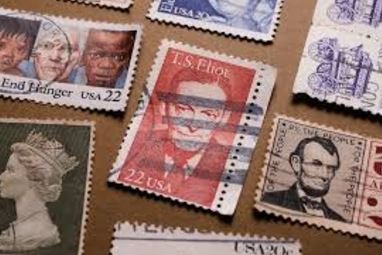
5. Conclusion: Making Informed Decisions at Rare Stamp Auctions
The world of rare stamp auction results is both exciting and complex. By educating yourself about what makes a stamp valuable, how to evaluate condition, and how to avoid costly mistakes, you can make informed decisions that will benefit your collection and investment. Don’t forget to review past rare stamp auction results to better understand the pricing trends, which will allow you to spot high-value stamps and steer clear of overpaying for common finds. With the right knowledge, you can take advantage of rare stamp auctions and secure stamps that will enrich your collection for years to come.

